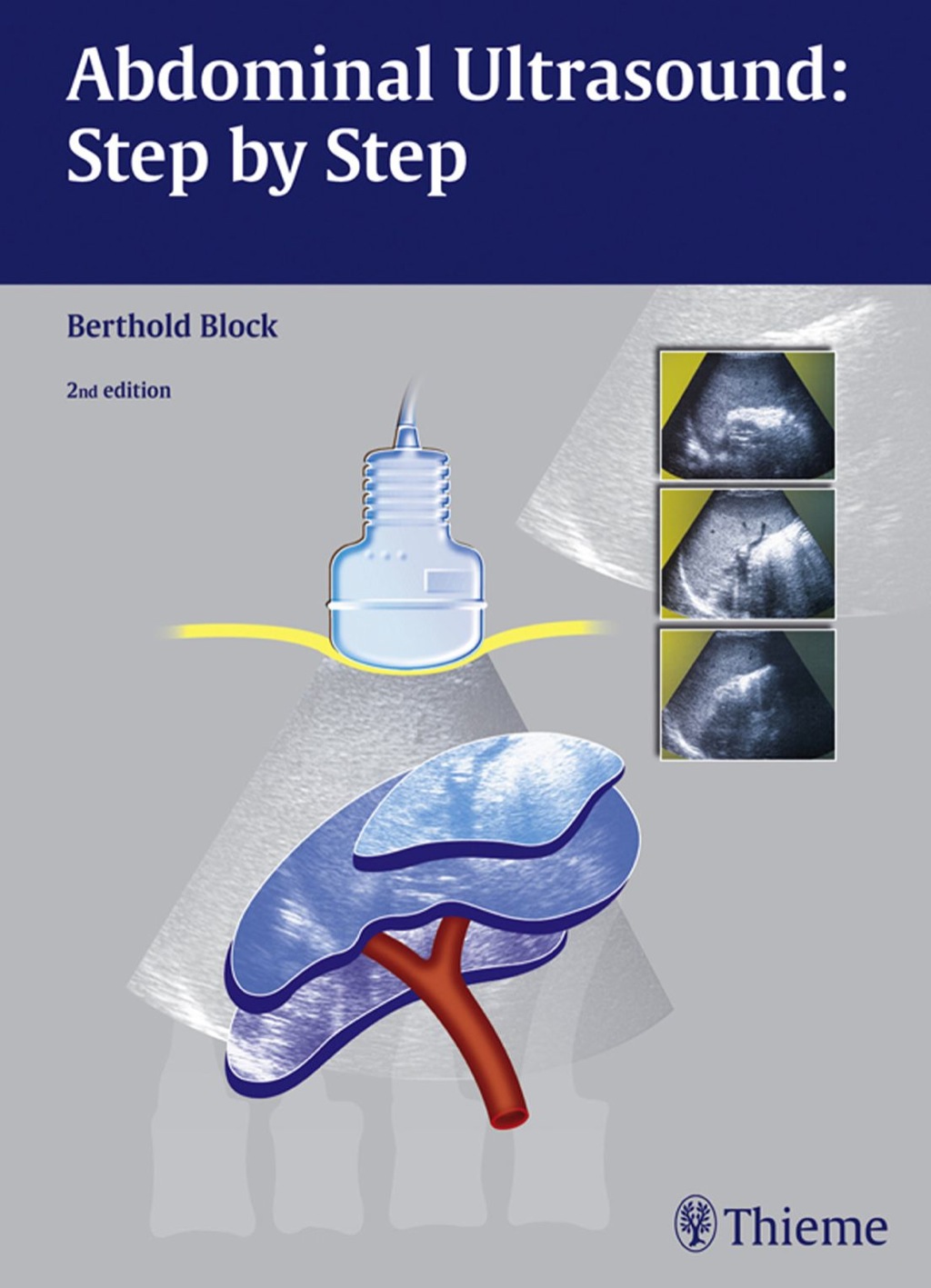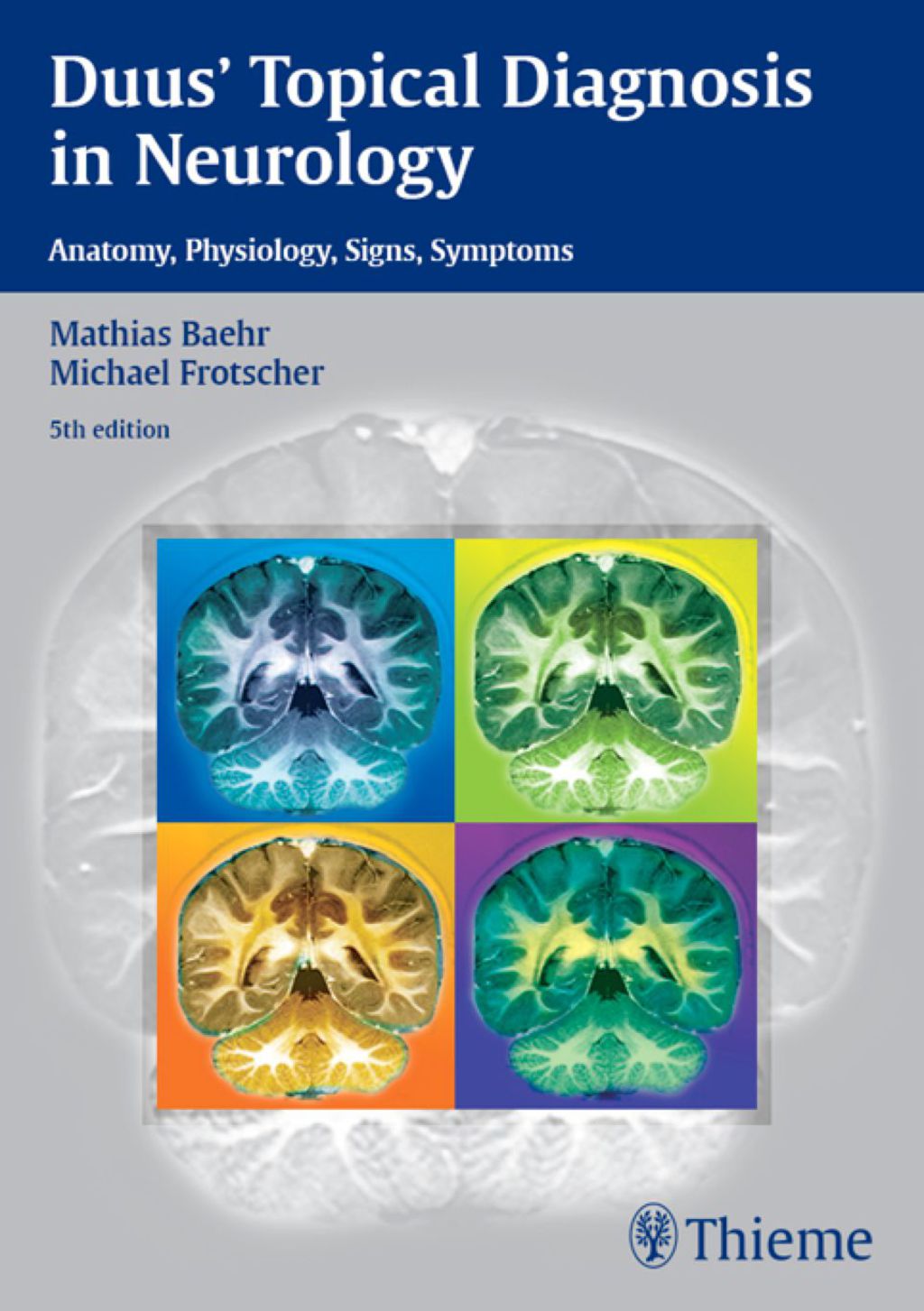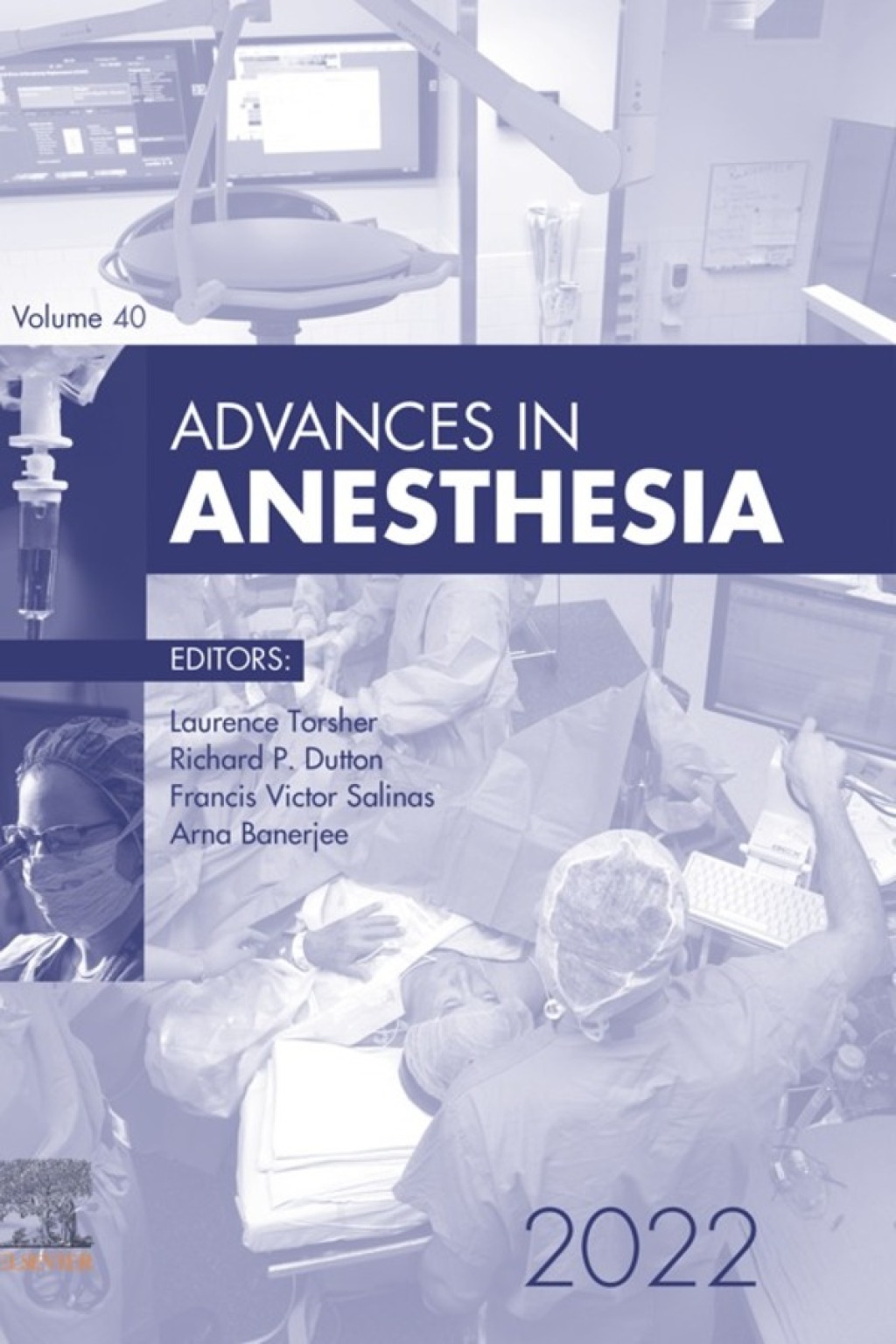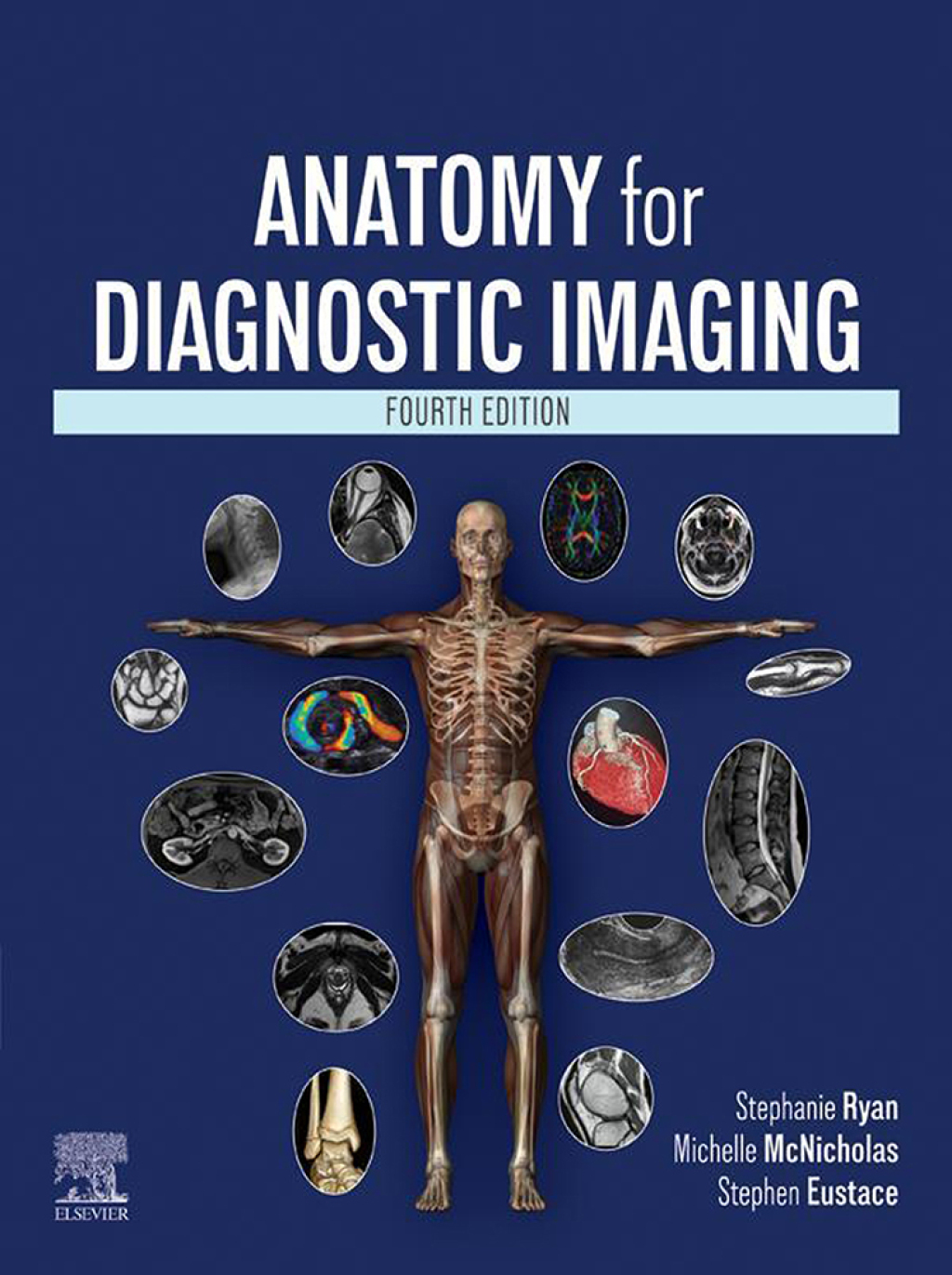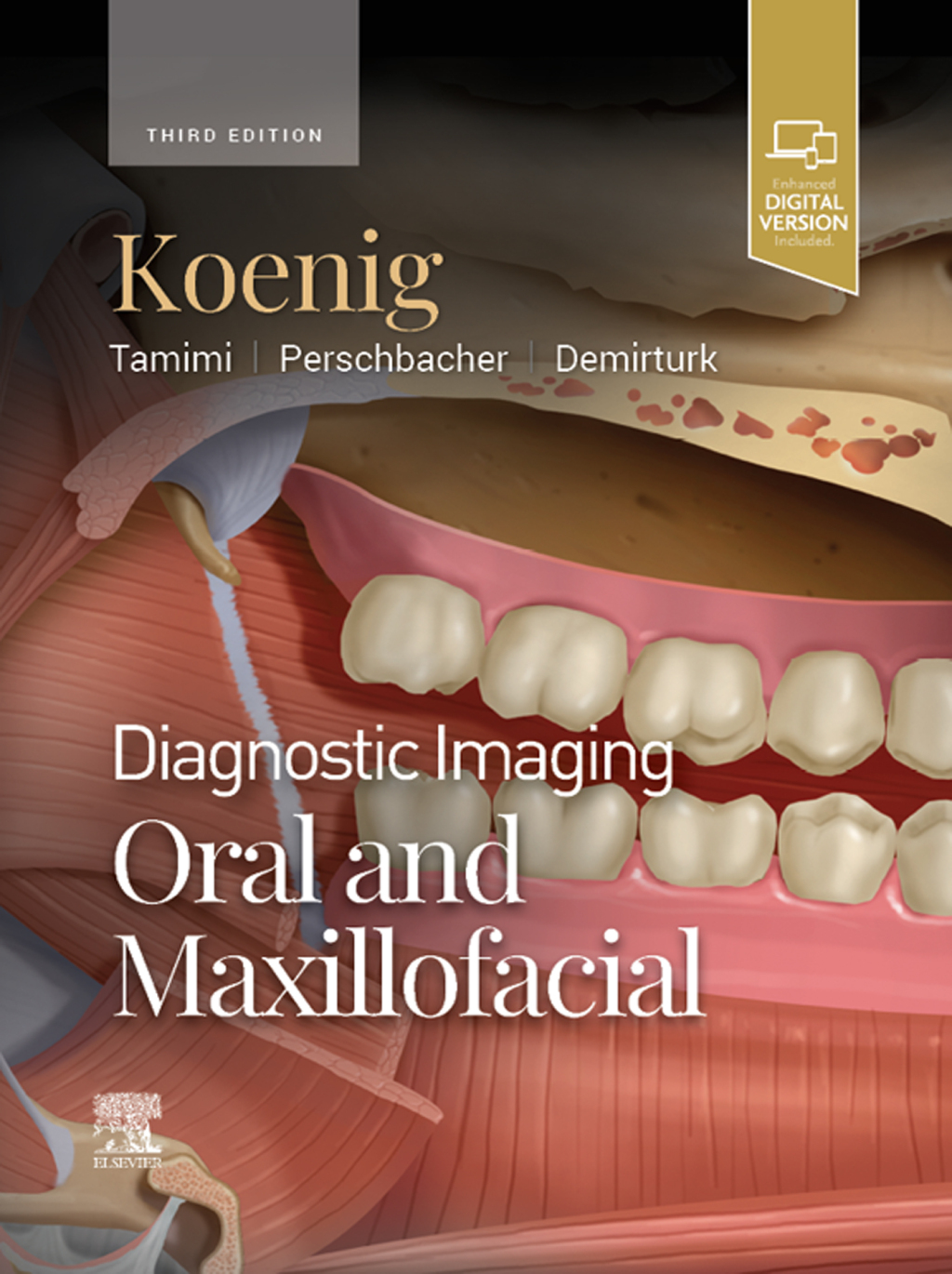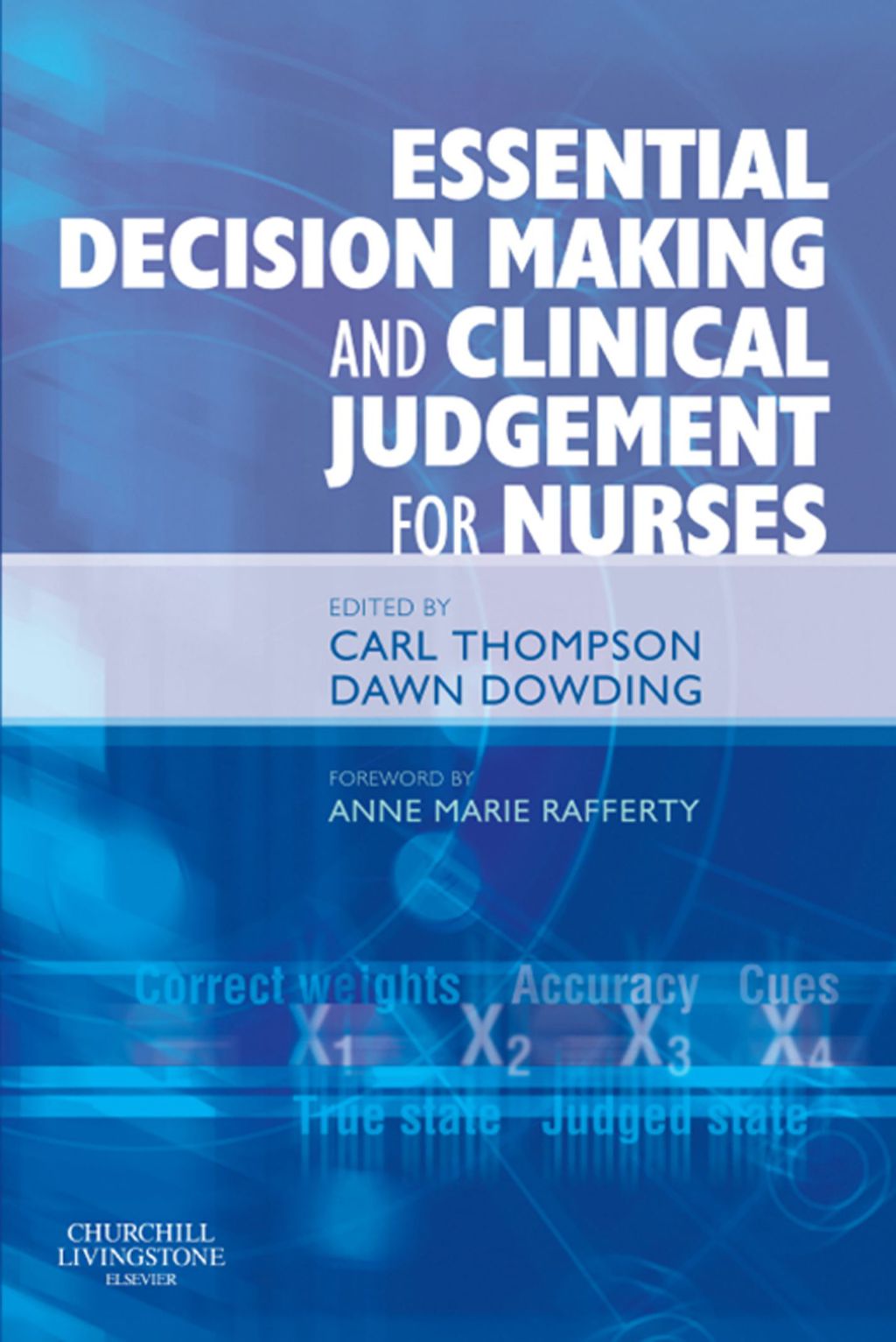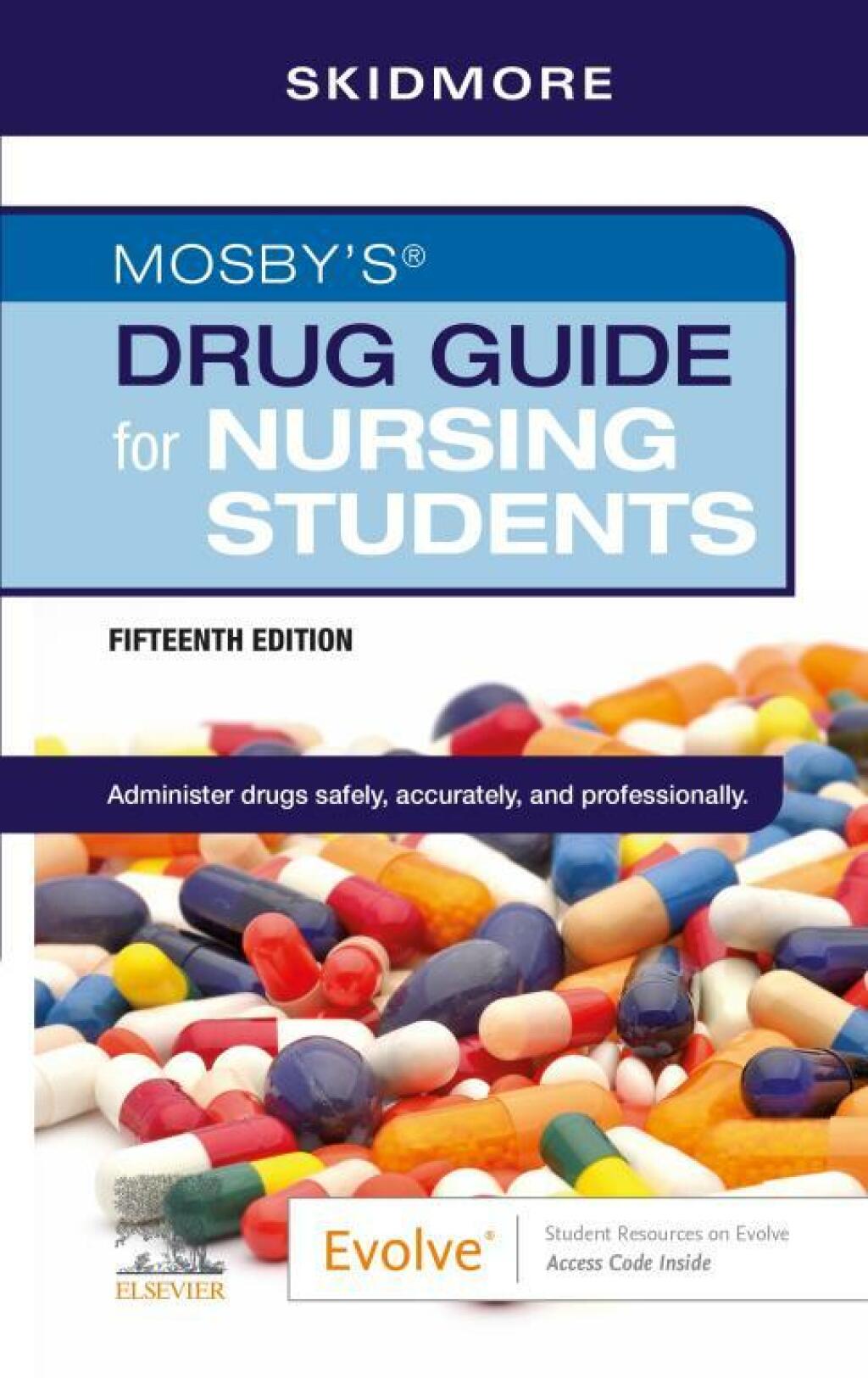Now in a new, larger format, this Fifth edition of the classic Topical Diagnosis in Neurology provides the clear, integrated presentation of anatomy, function, and disorders of the central nervous system and serves as a quick reference for practitioners and trainees alike. It elucidates the neuroanatomical pathways that lead to specific clinical syndromes, and demonstrates how solid anatomical knowledge combined with a thorough neurological examination can help localize a lesion and arrive at a diagnosis.
Features of the Fifth Edition:
Topical Diagnosis in Neurology, Fifth Edition is an ideal reference for neurologists and neuroscientists who correlate neurologic diseases to anatomic location to complete a diagnosis or understand a clinical syndrome. It is also an essential tool for trainees and advanced students who need a solid grounding in key neurofunctional relationships.

